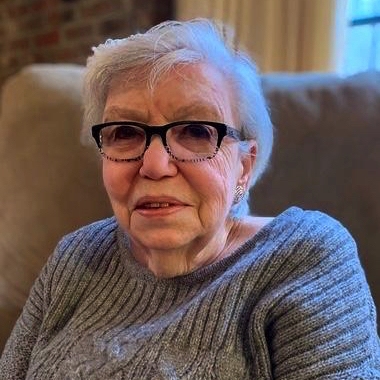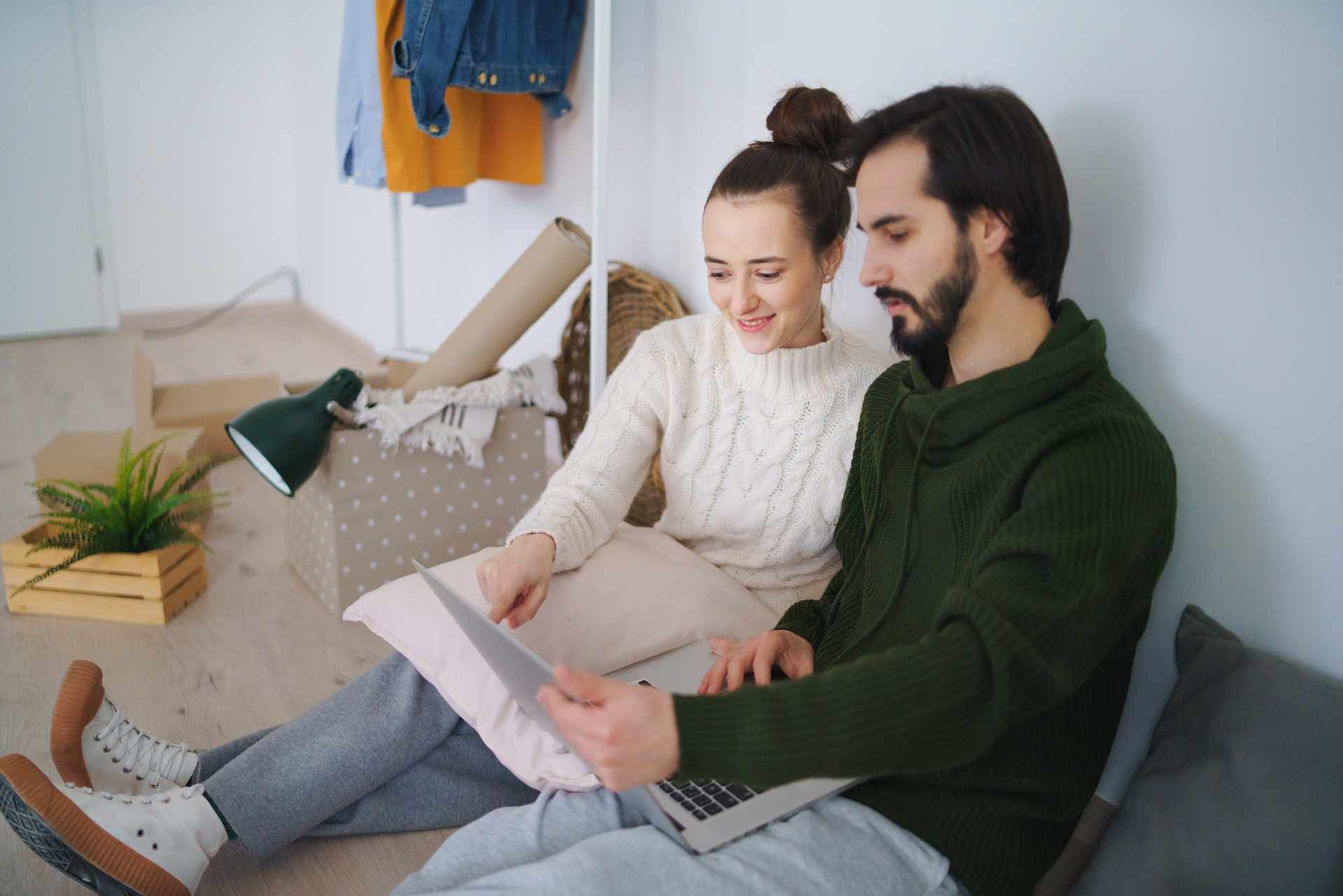Most teens have a tough time opening up to counselors and reaching them can be quite a challenge. Incorporating group counseling activities into the treatment modality, however, can make participants more likely to engage in the therapeutic experience by helping break down barriers, fostering open communication, and making the counseling experience less daunting.
Group counseling activities are designed to help group members feel comfortable and safe with one another, as well as foster trust, understanding, and empathy between them. They provide teenagers with an opportunity to connect with other teens experiencing similar challenges, help them feel valued and heard, and reduce feelings of isolation.
One of the main goals of group counseling activities is to break the ice and spark conversations and interactions in creative ways that help group members get to know each other, build rapport, form bonds, and open up about their thoughts and feelings.
In addition to breaking the ice, group counseling activities typically target specific teen issues such as improving social and communication skills, building empathy, and understanding, boosting self-esteem, gaining new insights, and learning healthy ways to cope with the stressors in their lives.
Some of the benefits of group counseling activities include challenging teens to practice thinking and acting in different ways, providing a safe platform for participants to work through their feelings and confront their fears, fostering self-discovery and personal growth, and building a sense of community in the group. This enables participants to feel validated and learn from each other’s experiences and perspectives.
Examples of group counseling activities for teens
People search
Each group member receives a list of characteristics that describe one of the other members of the group and searches for the group member who fits it.
Fun facts
Each group member writes an anonymous fun fact about themselves on a slip of paper and puts it in a bowl. Everyone takes turns pulling a slip out of the bowl, reading the fun facts to the group, and then joining his or her peers in trying to figure out who it describes.
 Find someone who
Find someone who
Each group member is given a sheet listing ten to fifteen “find someone who” prompts such as “find someone who has blue eyes,” “find someone who likes to travel,” “find someone who plays the violin,” “find someone whose favorite color is green,” or “find someone who has their driver’s license The counselor sets a timer for ten minutes, and the search begins. The person the statement applies to writes their name next to it when he or she is found.
Pair interviews
Group members are divided into pairs and given five minutes to interview one another and learn three interesting things about their partner. When the time is up, they take turns telling the group what they found out about each other.
Compliment game
Each teen writes his or her name on a piece of paper that then gets passed around the circle. Everyone writes a compliment on it.
Gratitude scavenger hunt
Each group member receives a gratitude checklist of objects they need to find in their surroundings. For example, “something you enjoy looking at,” “something you find useful,” something that’s your favorite color,” or “something that reminds you of a happy memory.”
Common ground
Group members are paired with one another and given two to three minutes to find at least three things they have in common. Then they move on and do the same thing with a new partner
Candy game
Each member of the group gets a small bag of colored candies, such as M&M’s, and a code that links the color of each piece to a specific feeling. For example, red is angry, yellow is happy, blue is sad, green is jealous, and orange is excited. Teens take turns picking one piece of candy out of their bag and sharing what makes them feel that particular emotion. Alternatively, they can share an experience that made him or her feel that way.
Human knot
Group members form a circle, and each teen holds hands with someone who is not right next to him or her. They then work together to untangle themselves without letting go of each other’s hands.
Two truths and a lie
Each group member shares three statements about him or herself. Two are true and one is not. The other group members try to guess which statement is the incorrect one.
Fear in a hat
Each group member writes his or her greatest fear on a slip of paper and puts it in a hat (or bowl). Participants take turns drawing a random fear out of the hat, reflecting on it, describing how they understand it to the group, and suggesting strategies for overcoming it.
Available counseling
If you are interested in your teen attending individual or group therapy, please reach out to us at The Colony Christian Counseling. We will arrange for you to meet with one of the faith-based counselors in The Colony, Texas.
“Candy”, Courtesy of Markus Spiske, Unsplash.com, Unsplash+ License“Candy”, Courtesy of Markus Spiske, Unsplash.com, Unsplash+ License
-
Sandra Stein: Author
Sandra Kovacs Stein was born in Calcutta, India, grew up in the Dominican Republic, and went to school in Canada, where she planned to settle after getting her Master’s degree in Speech Pathology and Audiology. Instead, she fell in love with an Ameri...
Recent Posts
DISCLAIMER: THIS ARTICLE DOES NOT PROVIDE MEDICAL ADVICE
Articles are intended for informational purposes only and do not constitute medical advice; the content is not intended to be a substitute for professional medical advice, diagnosis, or treatment. All opinions expressed by authors and quoted sources are their own and do not necessarily reflect the opinions of the editors, publishers or editorial boards of Stone Oak Christian Counseling. This website does not recommend or endorse any specific tests, physicians, products, procedures, opinions, or other information that may be mentioned on the Site. Reliance on any information provided by this website is solely at your own risk.






